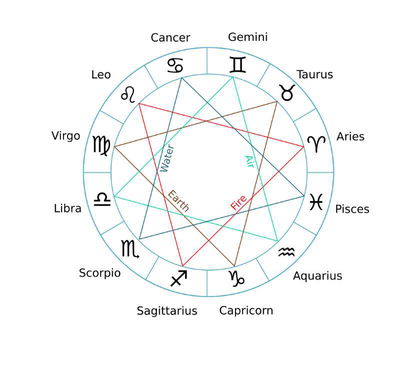 Inspired by Gustav Holst's orchestral suite "The Planets," here is the first instalment of seven quizzes on the 'other' planets in our Solar System. What do you know of Neptune, the mystical 8th planet from the Sun?
Inspired by Gustav Holst's orchestral suite "The Planets," here is the first instalment of seven quizzes on the 'other' planets in our Solar System. What do you know of Neptune, the mystical 8th planet from the Sun? Easier, 10 Qns, reedy,
Oct 16 25
 Inspired by Gustav Holst's orchestral suite "The Planets," here is the first instalment of seven quizzes on the 'other' planets in our Solar System. What do you know of Neptune, the mystical 8th planet from the Sun?
Inspired by Gustav Holst's orchestral suite "The Planets," here is the first instalment of seven quizzes on the 'other' planets in our Solar System. What do you know of Neptune, the mystical 8th planet from the Sun? |
|
 Quick Question
Quick Question = Top 5% Rated Quiz,
= Top 5% Rated Quiz,
 Top 10% Rated Quiz,
Top 10% Rated Quiz,
 Top 20% Rated Quiz,
Top 20% Rated Quiz,
 A Well Rated Quiz
A Well Rated Quiz
· All questions, answers, and quiz content on this website is copyright FunTrivia, Inc and may not be reproduced without permission. Any images from TV shows and movies are copyright their studios, and are being used under "fair use" for commentary and education.